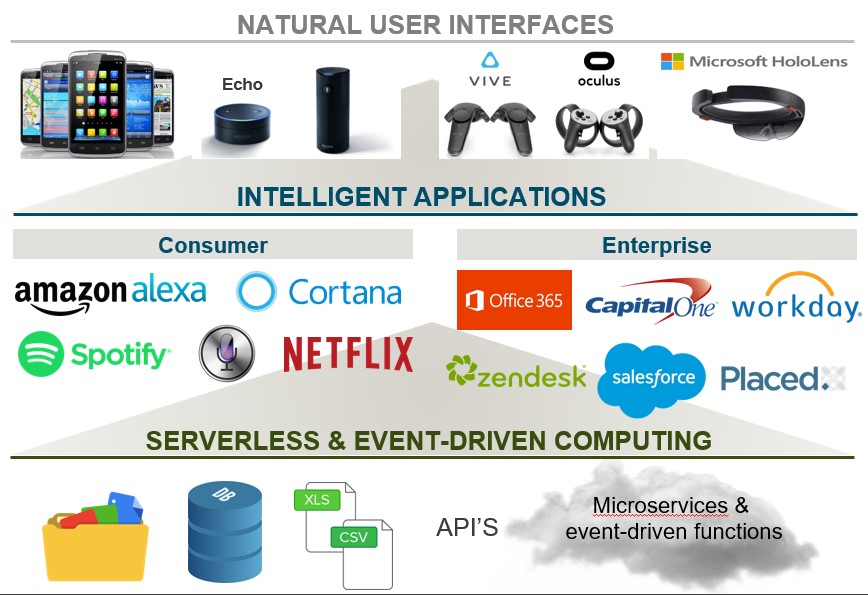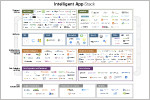New Role Brings Deeper Level of Technology Expertise to Madrona Venture Labs Team
We are thrilled to announce that Jay Bartot has joined our Madrona Venture Labs team as Chief Technology Officer. Jay has been the cofounder of four successful startups, each of which leveraged big data and machine learning to provide targeted services to consumers and businesses. These startups include Farecast, where Jay and I partnered to change how consumers purchase airline tickets by using algorithms to predict airfare price fluctuations.
Joining Madrona Venture Labs is like a homecoming for Jay, as Farecast was incubated at Madrona Venture Group and he worked closely with Madrona’s Managing Director Matt McIlwain and Venture Partner Oren Etzioni in the earliest days of the company’s formation. At Farecast, Jay and I formed a highly productive engineering and product partnership and we aim to bring that same collaborative spirit to our Labs culture.
Jay’s other startups include AdRelevance, acquired by Media Metrix, Medify acquired by Alliance Health and most recently Vhoto, acquired by Hulu. Jay brings a wealth of deep technical and engineering leadership experience to our team and in support of our spinout founding teams. With Jay onboard, we will look to explore new, innovative technical startup ideas that leverage his experience in machine-learning and data-mining.
Jay is one of the most creative and inventive engineering leaders I know and we could not be more excited about our future with his influence and leadership.



